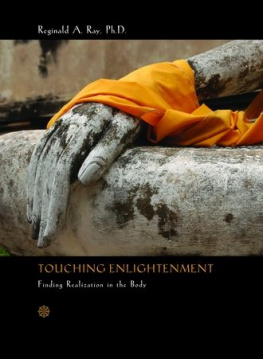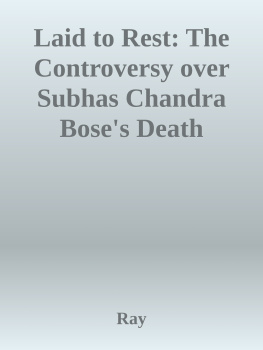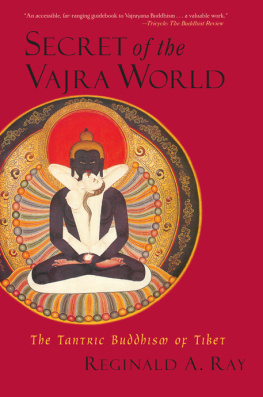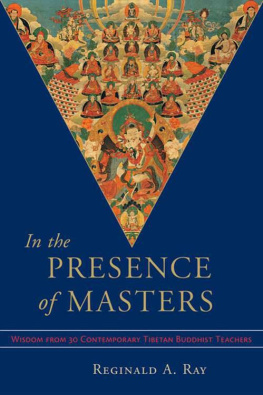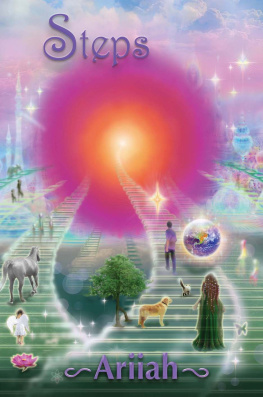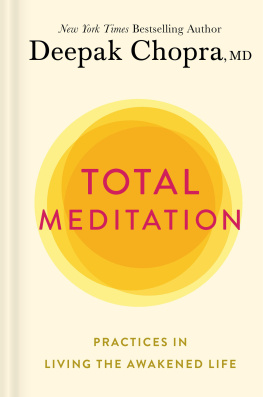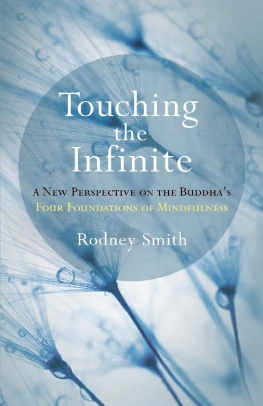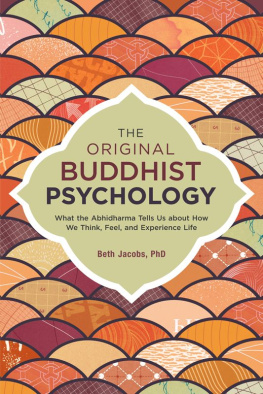Finding Realization in the body
Reginald A. Ray, Ph.D.

Table of Contents
ALSO BY REGINALD A. RAY
BOOKS
Buddhist Saints in India: A Study in Buddhist Values and Orientations
Indestructible Truth: The Living Spirituality of Tibetan Buddhism
Secret of the Vajra World: The Tantric Buddhism of Tibet
In the Presence of Masters: Wisdom from 30 Contemporary Tibetan Buddhist Teachers
The Pocket Tibetan Buddhism Reader
AUDIO
Buddhist Tantra: Teachings and Practices for Touching Enlightenment with the Body
Meditating with the Body: Six Tibetan Buddhist Meditations for Touching Enlightenment with the Body
Dedication
This book is dedicated to Charlotte B. MacJannet, an early and most important spiritual mentor, whom I met when I was barely eighteen and working in Europe. With remarkable prescience, Mrs. Mac initiated me into many of the core themes of my subsequent life and work. She gave me my first book on Tibetan Buddhism. She also introduced me to Jung, by arranging for me to meet and work briefly with one of Jungs own students. And one day she said to me out of the blue, You need to see the world; you need to see Asia. Never one to speak idly, once I had signed on to this idea, she dug in and organized people for me to meet, work to do, and families to stay with during a year sojourn, from Japan, through Southeast Asia, to India, and then into Nepal, a journey that changed my life forever. Especially noteworthy in the present context, Mrs. Mac arranged for me to study with one of the students of Gerda Alexander, the Danish founder of Eutonie, a somatic discipline of much power and depth. Mrs. MacJannets deep optimism about the spiritual possibilities of modern people, her commitment to relieve suffering wherever she found it, and her joy in living were priceless gifts to all who knew her. Charlotte MacJannet passed away many years ago, before I was able to realize the tremendous debt I owe her and before I could adequately thank her for her great and selfless offerings at this critical moment in my life. Belatedly, then, Mrs. Mac, wherever you may be, I send you my devotion, my gratitude, and my love.
Acknowledgments
This book owes a great debt to many people, stretching back to my youth.
I must thank my academic teachers, especially H. Ganse Little, Bill Peck, Mircea Eliade, Charles Long, Joe Kitagawa, and Frank Reynolds, for providing me the training and the tools to explore Buddhist history to great depth. When I studied with them, I never could have imagined how important and useful that education would be, not only in my scholarly life, but also and even more so in my work as a dharma teacher attempting to teach meditationand particularly the embodied meditation discussed in this bookin the modern world.
I thank my Buddhist teachers, Chgyam Trungpa Rinpoche, H.H. Khyentse Rinpoche, H.H. the Sixteenth Karmapa, and the many other generous and gracious Tibetan lamas I have been privileged to learn from; Eido Roshi, Kobun Chino Roshi, and my other Zen mentors; and several wonderful Theravadin teachers who, in person and through their books, have taught me a great deal about meditating with the body. Thanks also to the indigenous men and woman who have showed me the universality of human spirituality and its groundedness in the earth and the bodyand most of all to my heart-friend, the extraordinarily gifted African spiritual teacher Malidoma Patrice Som. In addition, thanks to the many others I am happy to count as spiritual friends from the native traditions of both North and South America.
I have been exploring and studying somatic disciplinesboth Western and Easternfor my entire adult life, beginning with the work of Gerda Alexander. In subsequent years and down to the present, I have been most fortunate to have met and worked with a succession of gifted people representing Western traditions including various message modalities, Rolfing, and Feldenkreis and, from Asia, yoga, Qi Gong, and, of course, most significantly, Tibetan yoga. All of this has been bound together by the transformative energy work of my wife, Lee, which has led me ever more deeply into my body and its inner health, wisdom, and perfection. My somatic learning over the past forty-five years has been very gradual, but it has changed my life. This book attempts to express something of how that has been so and what I have come to.
I owe a particular debt of gratitude to Tami Simon, publisher of Sounds True, and Julie Kramer, founder of Transmissions Creating Learning Lineages, who first encouraged me to begin teaching the body work as a discrete set of meditation instructions and who produced the intensive Meditating with the Body residential and at-home program that has, by now, led hundreds of people into the unfolding journey of somatic practice.
In immediate relation to Touching Enlightenment, I must thank Andrew Merz, editor at Tricycle magazine, who invited me to write the article upon which this book is based. Thanks also to those who read early drafts and provided some very useful perspectives and suggestionsin particular Sari Simchoni, Al Blum, John Welwood, and my wife, Lee, who read the manuscript at several crucial stages.
I offer much thanks, again, to Tami Simon, who invited me to publish Touching Enlightenment through Sounds True and provided a level of attention, commitment, and editorial skill beyond anything I have yet experienced in my previous publishing experience. Thanks especially to my Sounds True editors: my main editor Kelly Notaras, who worked on the manuscript with me with intelligence and energy throughout, and Andrew Merz, who did a second, most helpful editing of the manuscript.
Preface
To be awake, to be enlightened, is to be fully and completely embodied. To be fully embodied means to be at one with who we are, in every respect, including our physical being, our emotions, and the totality of our karmic situation. It is to be entirely present to who we are and to the journey of our own becoming. It is to inhabit, completely, our relative reality, with no speck of ourselves left over, no external observer waiting for something else or something better. In this sense, this book explores what it might mean to be fully embodied and, as such, what it might mean to be an enlightened or completely realized being, for they are one and the same.
What is presented here is an expression of the lineage of the Buddha. At the same time, it also has much in common both with depth psychology and with the various somatic methods and disciplines. But there are some important differences. While this book is an expression of the buddha-dharma, at least in relation to how that is often understood in the West, it is more somatically oriented. While my approach shares with some depth psychology and with transpersonal psychology an interest in the unfolding of the human personality as an ultimately spiritual matter, again, its methods tend more toward the body. In addition, it provides a path to fully individuated being that is available to anyone, not restricted to those who can afford long and costly psychotherapeutic work. And while this book shares ground with the various somatic schools and disciplines, it places much more emphasis on the view stressing that, simply in order to hear and integrate what arises in working with the bodyin effect what the body is sayinga clear and accurate conceptual understanding of the subtle processes involved is necessary so we have the apparatus to receive, comprehend, and give voice to our experience.

